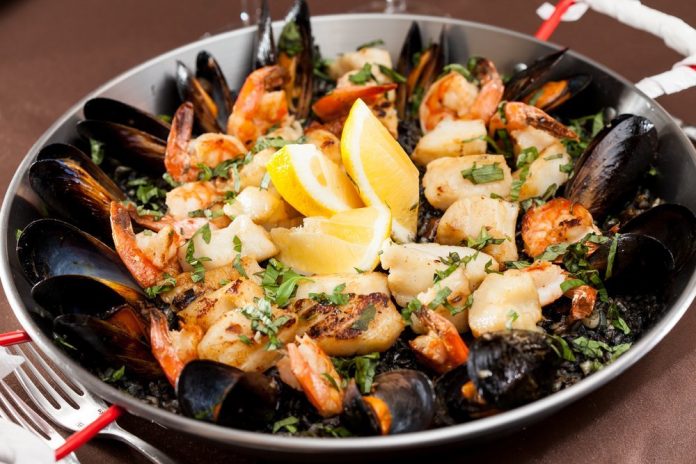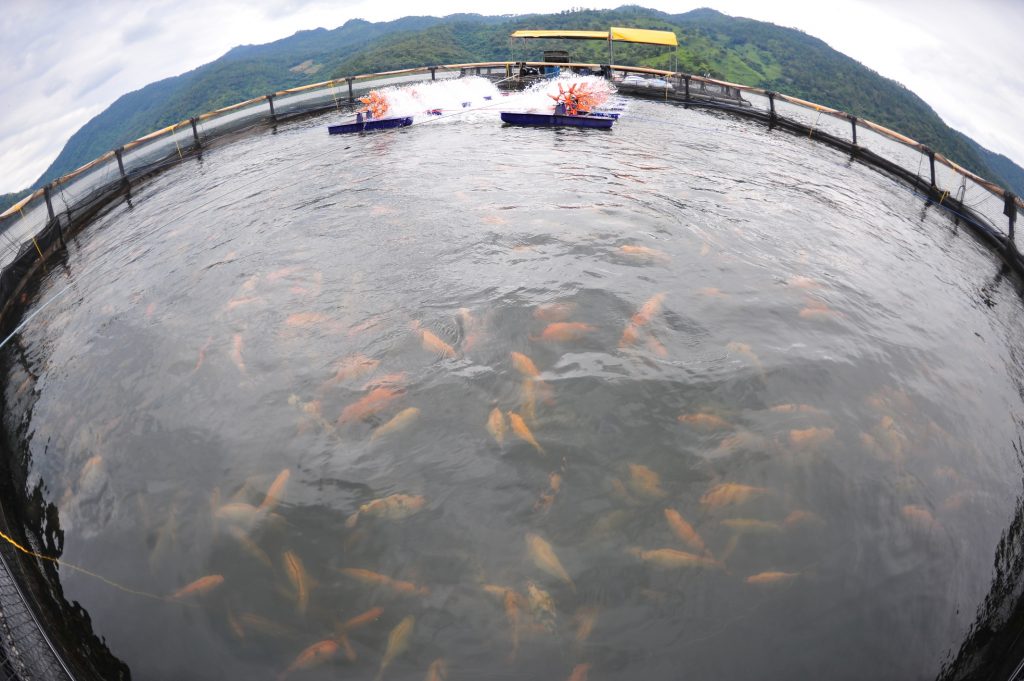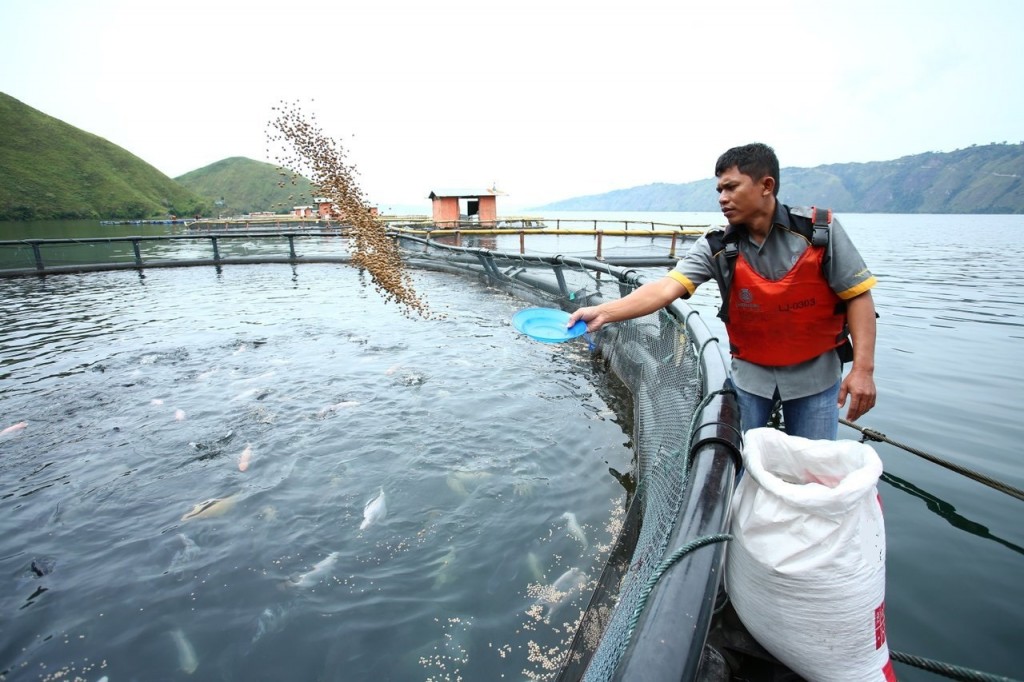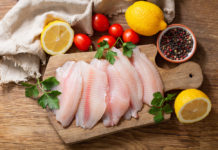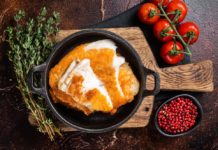Bottom feeder. It’s a word that gets thrown out a lot when someone wants to make a fish sound unpleasant. The implication is that these fish are skimming along lake beds, scooping up whatever less-than-palatable things have settled down to the bottom. It conjures up images of ugly, muddy animals and frightening deep-sea creatures that have never seen the light of day.
What is a Bottom Feeder?
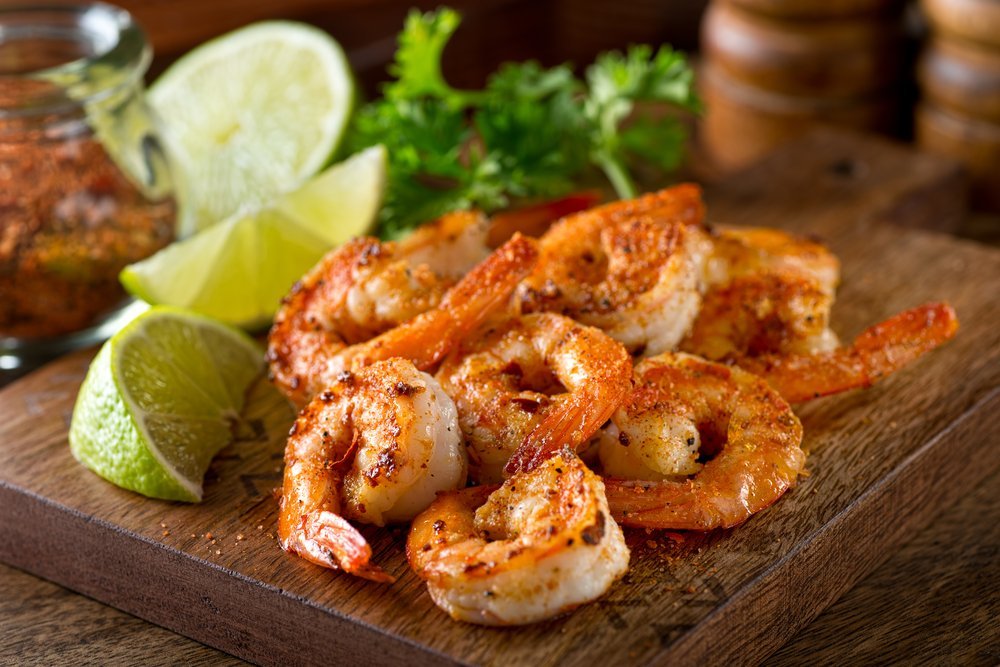
But what is a bottom feeder, really? Cod. Halibut. Shrimp. Sole. Scallops. Bass. Many delicious, healthy fish and shellfish get their food from the bottom of their habitats. And they’re not all detritivores, either. Many bottom feeders get their nutrients from algae and other plant material. Others are carnivores and eat other bottom feeders. In the ocean, deep-sea bottom feeders eat jellyfish and squid, and in doing so, they absorb carbon dioxide—keeping it from going back into the atmosphere. In the British Isles alone, these fish help clean up a million metric tons of carbon dioxide every year! And while they’re an example of bottom feeders, these fish aren’t eaten for food.
Is Tilapia a Bottom Feeder?
One fish that many people label as a bottom feeder is Tilapia—but that’s not strictly true. In the wild, Tilapia usually eat around the mid-level of the water, although they will go to the bottom for food if they can’t find suitable food anywhere else. When they can get it, they opt for a diet of algae and lake plants.
Farmed Tilapia, on the other hand, usually eat a carefully balanced plant-based diet, which may be supplemented with fish oils to give them extra Omega-3 fatty acids. Their food floats on the top of the water, so they come up to the surface to get it—no “bottom feeding” involved. Farms like Regal Springs raise their Tilapia in floating pens and feed them a floating plant-based food so they don’t have access to the lake floor.
Is it Safe to Eat Bottom Feeders?

As we already mentioned, many popular types of seafood are bottom feeders. From lobster to cod, these fish are tasty and healthy options for dinner, whether you’re finding them in the seafood section of your local grocery store or on the menu of your favorite restaurant. That’s because most bottom feeders aren’t just at the bottom of lakes and oceans—they’re at the bottom of the food chain as well. Their diet of algae and other detritus gives them plenty of Omega-3 fatty acids, which are good for human health. On the other hand, larger predatory fish end up with higher concentrations of pollutants and toxins, such as mercury.
When you’re looking at farmed fish, it doesn’t really matter if the fish is technically classified as a bottom feeder, as long as it is raised in a clean and healthy environment, and fed a balanced diet. To be sure you’re getting top quality farmed fish, look for certifications on the packaging from organizations like the Aquaculture Stewardship Council, the British Retail Council, Global Aquaculture Alliance/Best Aquaculture Practices and Ocean Wise.
Photos: Shebeko / Shutterstock, Inc., Foodio / Shutterstock, Inc., Bytemarks, Thor Jorgen Udvang / Shutterstock, Inc., Lisovskaya Natalia / Shutterstock, Inc.


